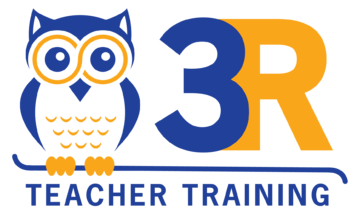Ethnomodeling refers to translating cultural practices into mathematical models. It's not just about numbers but stories, traditions, and the rich tapestry of human history. By integrating ethnomodeling into the curriculum, we can offer students a more holistic understanding of mathematics.
Long before the advent of modern mathematical symbols, our ancestors used math in ingenious ways. They built architectural wonders, navigated vast oceans, and planned agricultural activities using their unique mathematical systems. Ethnomodeling seeks to uncover and celebrate these traditional practices.
I recall visiting a school where students were studying the Great Pyramids. Instead of merely discussing its dimensions, the teacher delved into ancient Egyptian mathematics, revealing a whole new perspective. Such is the power of integrating cultural traditions into math lessons. From the intricate geometric patterns in Islamic art to the precise calculations used in Native American star maps, there's a world of mathematical wonders waiting to be explored.
So, how can you, as a 6-12 grade math teacher, bring ethnomodeling into your classroom?
Just one example, delve into ancient architectural marvels. Collaborate with your fellow history teacher and explore the geometry behind structures like the Parthenon or the Machu Picchu. Discussing the mathematical principles used by ancient civilizations in their construction will make geometry relevant to your students. Dive into traditional farming techniques by discussing and analyzing algebraic patterns by studying ancient farming calendars, crop rotations, and irrigation methods. Students often find the subject more relatable and engaging by connecting math to real-world cultural contexts. Furthermore, it fosters a sense of appreciation for diverse cultures and their unique contributions to the world of mathematics.
While the benefits are numerous, integrating ethnomodeling can come with challenges. It's essential to approach each topic with sensitivity and authenticity. During a workshop, a teacher shared her experience of unintentionally misrepresenting a cultural practice, leading to a valuable discussion on the importance of thorough research and cultural respect.*
In our ever-globalizing world, it's imperative that education reflects the rich tapestry of human experiences. Bringing cultural traditions with modern mathematical practices enriches our curriculum and prepares students for a diverse and interconnected world. Incorporating ethnomodeling into the curriculum is more than an educational strategy; it celebrates human ingenuity across ages and cultures. As educators, let's take the leap and bridge the gap, one mathematical model at a time.
For those eager to delve deeper, I recommend books like “Mathematics Elsewhere” by Marcia Ascher and “Ethnomathematics: Challenging Eurocentrism in Mathematics Education” edited by Arthur B. Powell and Marilyn Frankenstein. Online platforms like the International Study Group on Ethnomathematics (ISGEm) also offer a wealth of resources.
*Note: If you need additional help, consider contacting local cultural experts or community elders. I once invited a Native American elder to a classroom, and his insights on traditional counting systems were enlightening. Such collaborations can offer students a firsthand account of traditional mathematical practices, making the learning experience all the more memorable.

